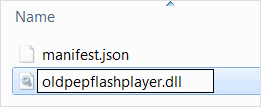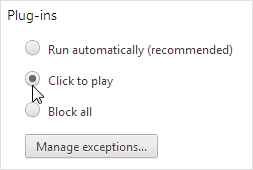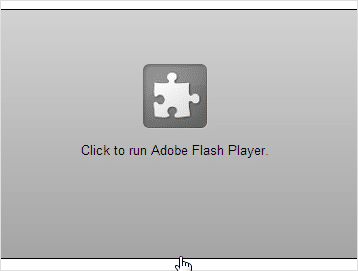
For frequent users of Chrome, chances are you’ve already run into the pesky problem of Shockwave Flash crashing. If you haven’t yet, just wait, its lurking around the corner. Almost everyone who uses Chrome as their main browser will eventually experience Shockwave Flash errors. The good news is that it’s not difficult to get rid of this error for good.
To fix this error is to understand what’s really going on: Chrome has built-in Flash, as does Windows, and both are jumping to the task of doing Flash tasks when you’re in Chrome. Since there are two Flash entries competing for the tasks, Chrome gets confused and shuts down Flash completely.
Don’t let this frustrate you. Anyone can fix this error in a few simple steps. Our guide will outline how to stop Shockwave Flash from crashing in Chrome.
3 Tips to Stop Shockwave Flash Crashes In Chrome
Solution 1: Disable Flash in Chrome
If you’ve experienced the dreaded Flash error in Chrome, one of the easiest ways to stop this error is to go into the background workings of Chrome by opening Chrome, and typing “about:plugins” into the address bar.

You’ll be brought to the “Plug-ins” manager that looks similar to the Extension manager in Chrome; the only difference here is that plug-ins are user-installed.
The first thing you want to do is click the “Details” button in the top-right corner of the screen to expand and see all the details pertaining to each plugin.
![]()
Next, find the Adobe Flash Player entry which should be at the top of the list. This is what the entry should look like.

As you can see, there are two separate Shockwave Flash components listed. The top entry represents the built-in Flash player in Chrome and the entry beneath is for the Flash component built into Windows.
What you want to do is disable the built-in Shockwave Flash component in Chrome and let the Flash component in Windows do all the work. To do this, click the “Disable” button for the Chrome Flash entry and restart your browser to see if it resolved the issue.

If for some reason disabling Chrome’s Flash player still doesn’t work, try disabling the Windows Flash player via the plug-ins manager as well. Just click “Disable” on the second Flash entry to see if that fixes the Shockwave problem.

Solution 2: Rename the Google Flash Player
If the Flash-crashing problem persists no matter how many times you disable it in the plug-ins manager, another solution is permanently disabling the Flash player in Chrome. To do this, go directly into Windows to the Chrome folder where it’s Flash component is installed, and rename it the “old” Flash player to permanently disable it from interfering with Windows’ Flash player.
To do this, observe the location on your computer where Chrome’s Flash player is located by going to the “about:plugins” page and making note of its location.

Next, search your computer for the location of the Flash player. Once found, rename the file from “pepflashplayer.dll” to “oldpepflashplayer.dll.”

After renaming the Flash player, go into “about:plugins” and click “Disable” again next to the Chrome Flash player entry to permanently disable it.

Solution 3: Run Flash On-Demand
If disabling Flash completely isn’t something you want to do, you can adjust your “Settings” in Chrome so that you can click-to-play Flash whenever it’s available on a site. To set up on-demand Flash, type “chrome://settings” into the address bar to open the Chrome Settings. Once here, choose “Show advanced settings…”
![]()
Next, scroll down to the “Privacy” area and click the button that says “Content settings…”

A dialog window will appear. Scroll down again; this time to the “Plug-ins” section and click the option “Click to play,” then click “Done” at the bottom of the screen.

Now when you visit a page with elements that run Flash, you’ll see a greyed-out area with a “Click to run” button.

Conclusion
Don’t forget, you can also try uninstalling/reinstalling Chrome to see if that resolves the confusion. Otherwise, you can uninstall and reinstall Shockwave Flash in Windows. If after trying all of these possible solutions the Flash error still lingers, you may have to use another browser to view Flash content until the next version of Chrome is released.
To learn more about Shockwave Flash, check out this link – How to Install Adobe FlashPlayer and Shockwave in Windows 8.







